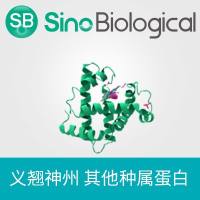RNA Analysis: Size and 3 End Group Determination
The most commonly used method to analyze the quality of RNA is electro-phoresis in agarose gels. The distance an RNA molecule moves in a gel is dependent both on its mol wt and its conformation. Hence, to accurately compare RNAs across virus groups or to determine their size, it is crucial to completely denature the sample. Formaldehyde was the first denaturant to be used for this purpose (1 ) and is still a popular choice. Other reagents that denature but do not degrade RNA include formamide, which destroys base pairing, and glyoxal (ethanedial). Glyoxalation introduces an additional ring into guanosine residues, which then sterically hinders GC-pair formation. The first method described here incorporates formaldehyde in the gel and is adapted from Lehrach et al. (2 ). The second approach, which is based on the method of McMaster and Carmichael (3 ), uses glyoxal to denature the sample prior to loading it onto a nondenaturing gel. The latter technique has the advantage of allowing native (nondenatured) RNA to be run on the same gel as denatured RNA.
![预览]()



![四[N-邻苯二甲酰-(S)-叔亮氨酸基]二铑双(乙酸乙酯)加合物;154090-43-4;Elemental analysis(Nitrogen) 3.30 to 4.50 %;V66234-25mg](https://img1.dxycdn.com/p/s14/2025/1029/004/8672158669127143891.jpg!wh200)


